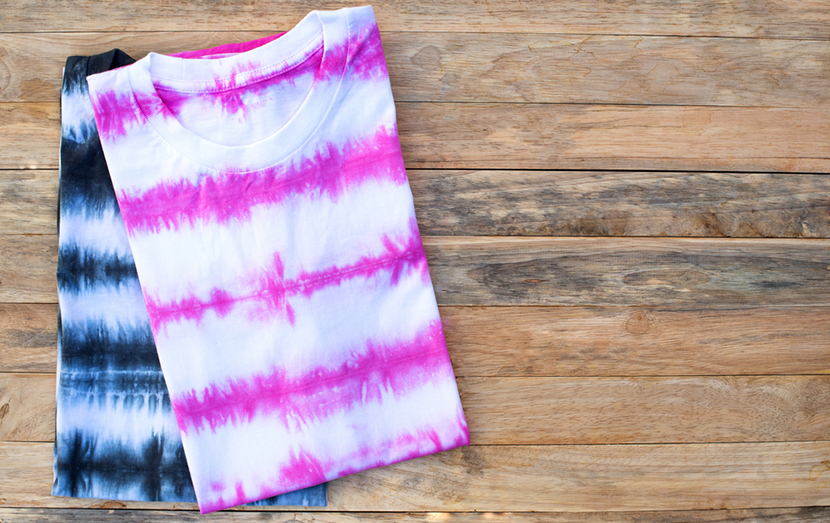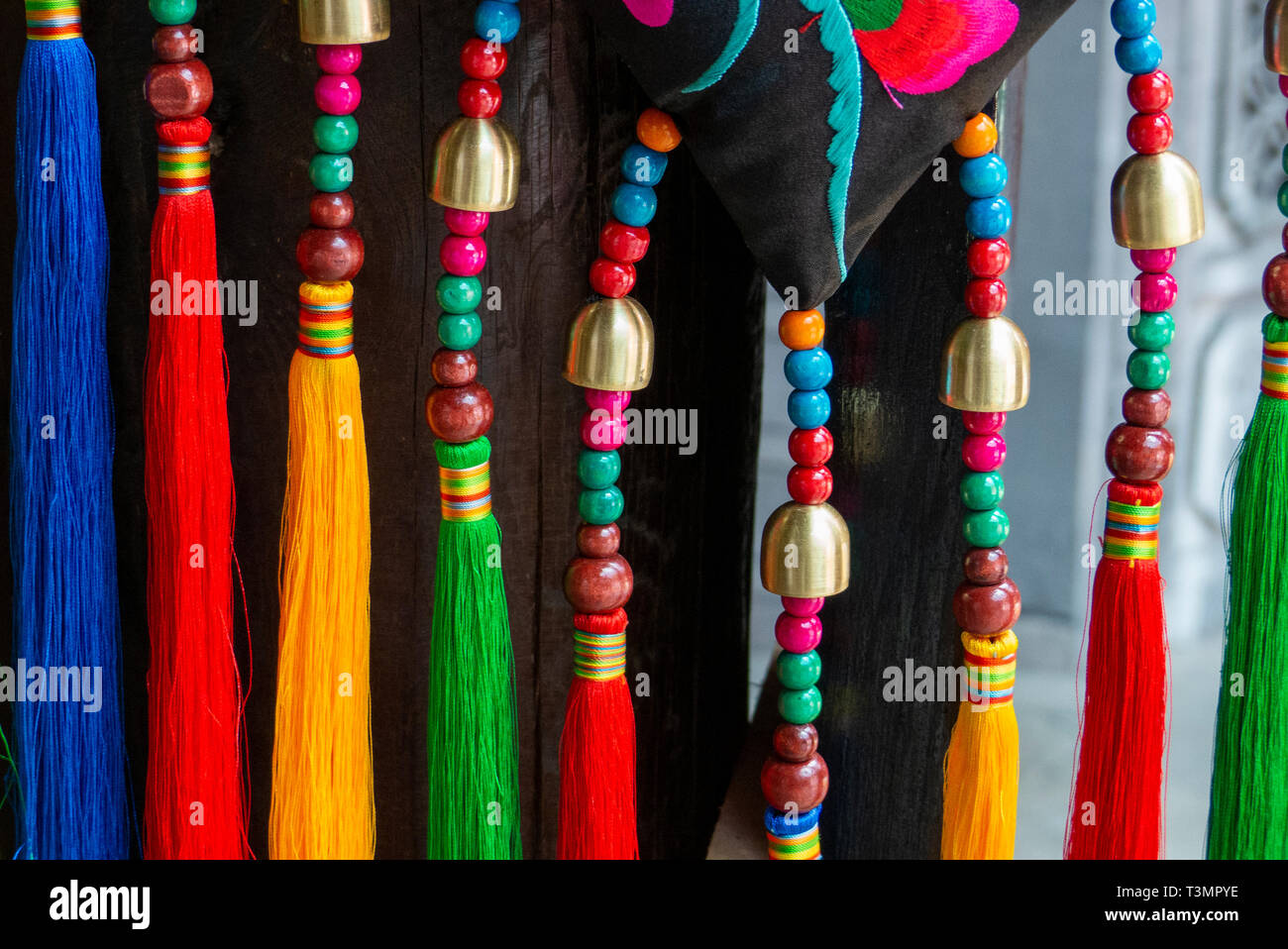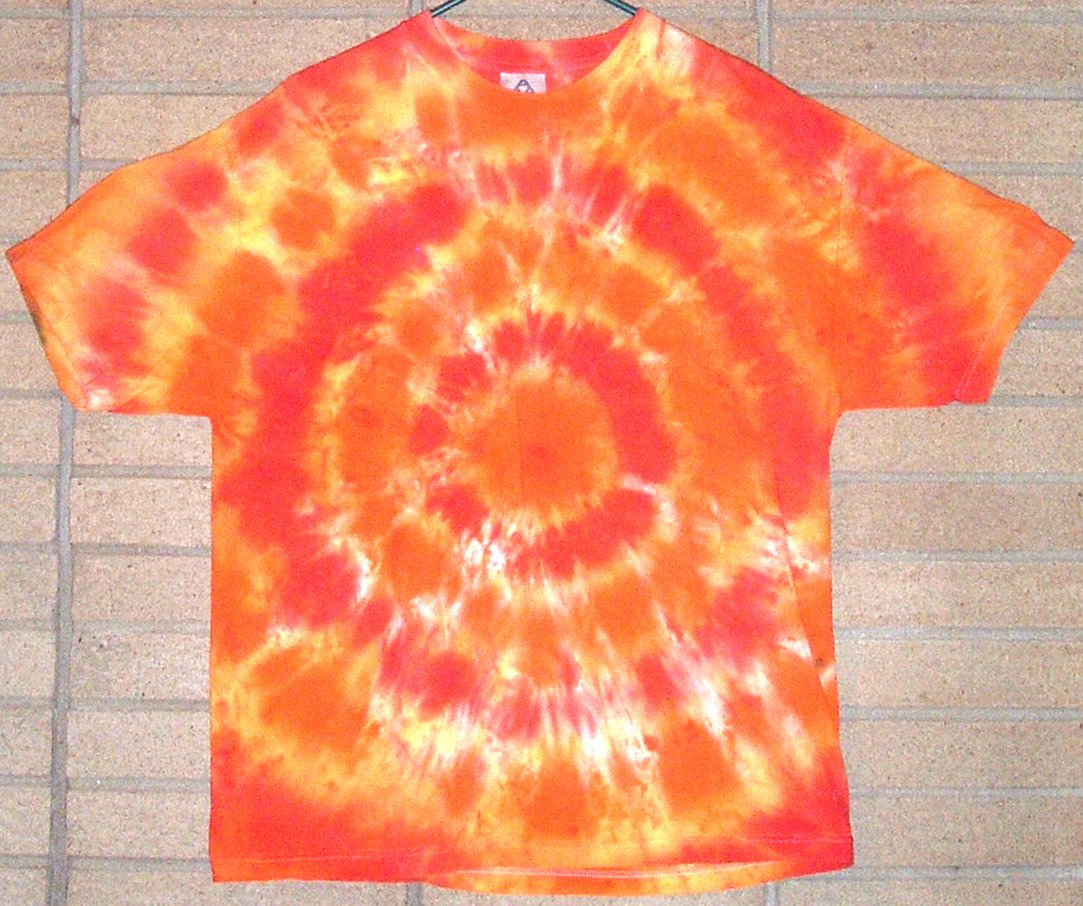tie-dye meaning in chinese
23Tie dye is a technique for dying natural fabrics that results in interesting colorful patterns. 9Tie-dye shirts is a typical summer craft- from summer camps to driveway parties.

Tie Dye History And Its Uses In Various Cultures The Skull And Sword
4Tie-Dye in Ancient Asia.

. Many believe and attribute the Muslim Khatri community of Kutch as some of the first to use this form of dyeing. Learn more in the Cambridge English-Chinese simplified Dictionary. The tye-dye technique differs to create varying patterns however at the base of it it involves.
8Resist-dyeing comes in many forms from Indonesias wax-driven batik to the American tradition of tie-dyeIn Japan the prevailing resist-dyeing method is called shibori which means to wring. However there are many different kinds of Shibori dyeing meaning translating it into our late 20th century sense of tie-dyeing is possibly a bit reductive and diminishing to the history of the tradition. People used direct dying methods with either natural or grocery-store type dyes-- randomly folding twisting and tying fabric or clothing.
Later for several historical reasons some ethnic groups such as the Miao meow Yao and Buyi started migrating to the southwestern. Called tnalak it is made into bags of different sizes attach case wall decors blankets jackets purse clothing cigarette case belts portfolio. But then Beyoncé wore it on holiday on.
The process was used during the Tang Dynasty in China and the Nara Period in Japan as far back as the 6th century. The word Bandhani comes from the Hindi word Bandhan which means tying. The tied fabric is dipped into vats of dye then wrung out and rinsed.
This period categorized itself as a counter to the 1950s the strict social guidelines imposed by the period and essentially everything their parents valued. The tying of cloth with thread and then dying it is the simplest and perhaps the oldest form of creating patterns on a plain piece of cloth. Tie-dye is a traditional arts and crafts in China--Foldingenlacingbundlingsewingtying needed fabrics and dip into color plasm for dyeing.
From the earliest surviving examples of tie-dye found in Peru dating from around 500 AD to the clamp-and-dye practiced in Japan zha-ran of the Bai ethnic group in China bandhani from the. Tie-dye as we know it became popular in the United States in the mid-1950s. Even before the 1960s tie-dye technique has roots in Indian bandhani and Japanese shibori.
The biography quotes the wedding of King Harshas sister Rajyashri and describes the tie-dyeing of the brides odhaniIts earliest. 3History of Tie And DyeTie and Dye is the process by which a fabric is dyed using a particular resist dying methodIn this method the fabric or the material which has to be dyed is tied in a specific pattern and then binding it in place with rubber bands clamps or stringsThen the dye is applied to the fabric which binds to that portion of the material which is not held by. The technique involves crumpling pleating or folding the fabric into various patterns then tying it with string which is what gives it its name.
6Natural dyes are dyes or colorants derived from plants invertebrates or mineralsThe majority of natural dyes are vegetable dyes from plant sourcesroots berries bark leaves and woodand other biological sources such as fungi. It is also the oldest forms of decorated textiles. The ancient art of manipulating cloth through tying stitching knotting or otherwise securing it and then dyeing it to achieve specific coloured patterns binds cultures across space and time.
死去死亡过世 通常因为没有电而停止运转报废 工具 模具 游戏 掷骰子类游戏. 19Tie-dye is back for 2019 and this is why. Bandhani is a popular type of tie and dye method in India.
9TIE-DYE THROUGH THE AGES. 8An exotic fabric made through a centuries-old process of tie-dye weaving by the Tboli women of Lake Sebu South Cotabato has captured the fancy of Filipinos as well as people around the world. But did you know that it is not a new invention.
Up until fairly recently tie-dye was as dead as a doornail. As with many rapidly industrializing economies or really even post-industrial the city centers have been developing much more quickly than rural areas which means people outside of Beijing and Shanghai often. Or wax dye la ran in China extends back more than two thousand yearsIt began with agrarian societies around the central Yangzi yahng dz River region.
20Adelais means tie-dye which is the ancient tie-dyeing process. 6A tie and dye technique that dates back to the Indus Valley Civilization developed by the Khatri community of Gujarat in India the printing technique finds mention in historical texts of 7th century ad literature- Harshacharita written by Banabhatta. 10The history of batik bah-teek a textile created using a resist process.
The earliest written records about tie-dye come from China and Japan. People use nature plants as dyestuff for dyeing cause these colorant are not harmful to human healthVarious Tie-dye techniques and dyeing methods are usuall adopted. It is a native silk that women in southern Xinjiang like to use to make clothing.
Archaeologists have found evidence of textile dyeing dating back to the Neolithic period. 12The NYT article focuses on how the tradition of indigo dyeing has been kept up among the Dong people in the southern Chinese province of Guizhou. Tie dye history cannot be separated from the counterculture movements in the American 60s and 70s.
In both cases the dyeing techniques involve binding areas of fabric before dyeing to create color patterns much as it does today. In this process according to the requirements of the pattern the warp yarns are tied and dyed in layers Adelaide silk is known as one of the Three Treasures of Hetian. 12The ancient Bandhani or Indian Tie Dye technique began around 5000 years ago in the Indian states of Rajasthan and Gujarat.
In China dyeing with plants barks and insects has. Shibori meaning to wring or squeeze is an old Japanese tradition of tie-dyeing fabric most commonly using indigo dye.

The Entire History Of The Tie Dye Shirt Updated July 2020 The Adair Group
Tie Dyeing Traditional Art In Dali Bai Ethnic Group Culture Cits
Finding Out What Is Chinese Tie Dye Miss X
Tie Dyeing Traditional Art In Dali Bai Ethnic Group Culture Cits

Types Of Tie Dye Around The World Travel And Culture

Typical Chinese Batik Tie Dye Processing Zhoucheng Yunnan China Stock Photo Alamy


Comments
Post a Comment